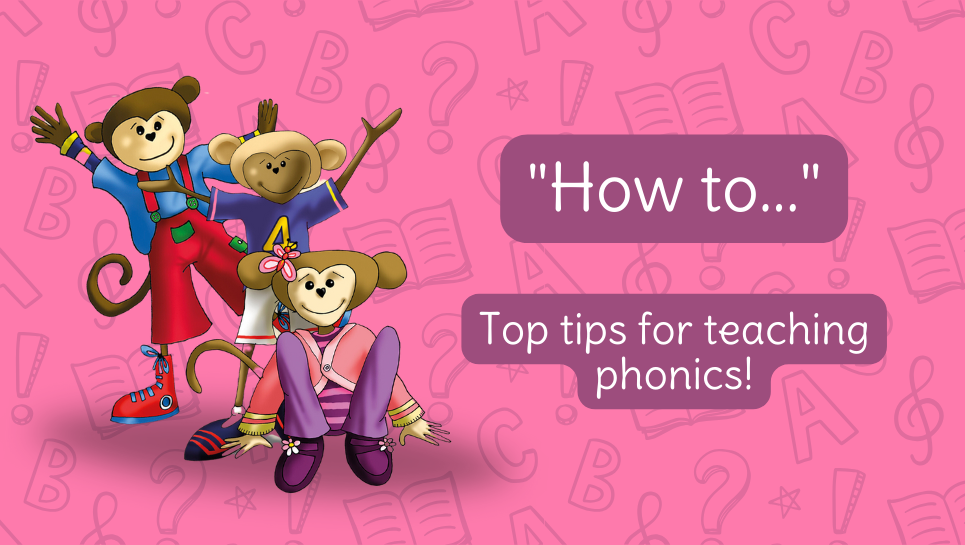In our ‘how to…’ series we are going to delve into all things phonics instruction and give you our expert advice on developing confident readers.
***
One of the most important elements of learning is receiving error feedback (How We Learn, Dahaene). With every error feedback, the pupil can adjust their knowledge or skill and can fine-tune them and make their reading increasingly accurate. Making and correcting errors is a great learning opportunity!
Reading with our pupils is a fantastic opportunity for error feedback. But before we can address the error, we need to know what kind of error the reader is making.
First, a few tips
- Error feedback should be a positive experience in which the pupil can succeed. So, after the feedback has taken place, the pupil should be able to use the new information and read a word or sentence successfully.
- It is very helpful to use a pointer or a pencil to show the pupil where the error occurred in the word. The error can even occur between letters on the page, so accurate pointing is essential.
- When the pupil has read the word correctly, it is helpful to reread the whole sentence so that they can reread the correct word in the context of the text.
What kinds of reading errors do pupils make?
1. Lack of alphabetic code knowledge
Many pupils make reading errors because they have insufficient knowledge of the alphabetic code. For example, when a pupil reads the word “goat” as /g/ /o/ /a/ /t/, we can see that they don’t know that the grapheme oa spells the sound /oe/.
- So, how can feedback be given?
Point to both letters and say: “These two letters represent one sound: /oe/. Sound out the word with /oe/ here (pointing to the letters ‘oa’).” The pupil then blends the sounds together: /g/ /oe/ /t/ → “goat”.
2. Not matching sounds to graphemes (letter/s)
Pupils may add or omit sounds when they read. To develop reading accuracy, they will need to match the graphemes to the sounds in the word. Here are typical examples of reading errors.
Adding sounds
When a pupil reads the word “back” as “black”, we can see that they are adding the sound /l/.
- So, how can feedback be given?
Point to the word and say: “You read ‘black’ but there is no /l/ here (pointing to the place the ‘l’ would be in the word “black”). Sound out the word.” The pupil should then sound the word correctly: /b/ /a/ /k/ → “back”.
Omitting sounds
When a pupil reads the word “frog” as “fog”, we can see that they are omitting a sound in the word.
- So, how can feedback be given?
Point to the letter ‘r’ and say: “There is a /r/ here. Sound out the word with the /r/ here (pointing to the letter ‘r’).” The pupil then sounds out the word pointing to the letters /f/ /r/ /o/ /g/ → “frog”.
3. Reversing a word
When a pupil reads “was” for “saw”, we can see that they have flipped the word.
- So, how can feedback be given?
Ask the pupil to sound out the word. /s/ /aw/. Remind the pupil that ‘aw’ spells /aw/. Ask the pupil to blend the sounds into a word: /s/ /aw/ → “saw”.


